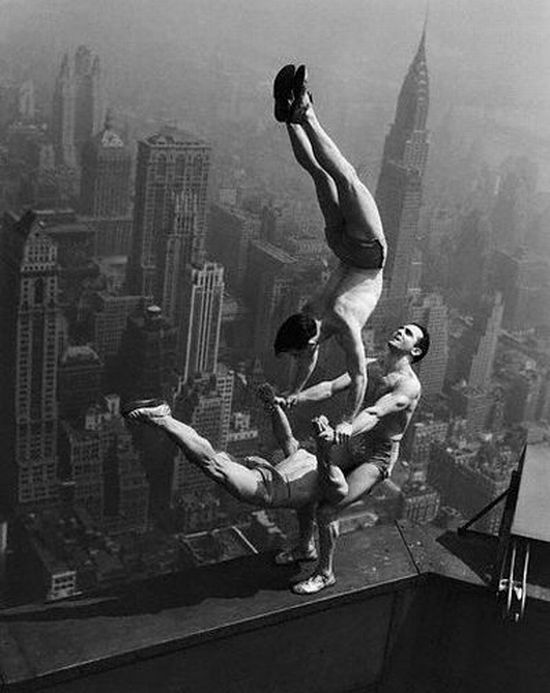|
|
History: Black And White Photos Of New York City, United States
|
In 1492, Genoese explorer Christopher Columbus, under contract to the Spanish crown, reached several Caribbean islands, making first contact with the indigenous people. On April 2, 1513, Spanish conquistador Juan Ponce de León landed on what he called "La Florida"—the first documented European arrival on what would become the U.S. mainland. Spanish settlements in the region were followed by ones in the present-day southwestern United States that drew thousands through Mexico. French fur traders established outposts of New France around the Great Lakes; France eventually claimed much of the North American interior, down to the Gulf of Mexico. The first successful English settlements were the Virginia Colony in Jamestown in 1607 and the Pilgrims' Plymouth Colony in 1620. The 1628 chartering of the Massachusetts Bay Colony resulted in a wave of migration; by 1634, New England had been settled by some 10,000 Puritans. Between the late 1610s and the American Revolution, about 50,000 convicts were shipped to Britain's American colonies. Beginning in 1614, the Dutch settled along the lower Hudson River, including New Amsterdam on Manhattan Island.
In 1674, the Dutch ceded their American territory to England; the province of New Netherland was renamed New York. Many new immigrants, especially to the South, were indentured servants—some two-thirds of all Virginia immigrants between 1630 and 1680. By the turn of the 18th century, African slaves were becoming the primary source of bonded labor. With the 1729 division of the Carolinas and the 1732 colonization of Georgia, the thirteen British colonies that would become the United States of America were established. All had local governments with elections open to most free men, with a growing devotion to the ancient rights of Englishmen and a sense of self-government stimulating support for republicanism. All legalized the African slave trade. With high birth rates, low death rates, and steady immigration, the colonial population grew rapidly. The Christian revivalist movement of the 1730s and 1740s known as the Great Awakening fueled interest in both religion and religious liberty. In the French and Indian War, British forces seized Canada from the French, but the francophone population remained politically isolated from the southern colonies. Excluding the Native Americans (popularly known as "American Indians"), who were being displaced, those thirteen colonies had a population of 2.6 million in 1770, about one-third that of Britain; nearly one in five Americans were black slaves. Though subject to British taxation, the American colonials had no representation in the Parliament of Great Britain.
Independence and expansion
Tensions between American colonials and the British during the revolutionary period of the 1760s and early 1770s led to the American Revolutionary War, fought from 1775 through 1781. On June 14, 1775, the Continental Congress, convening in Philadelphia, established a Continental Army under the command of George Washington. Proclaiming that "all men are created equal" and endowed with "certain unalienable Rights," the Congress adopted the Declaration of Independence, drafted largely by Thomas Jefferson, on July 4, 1776. That date is now celebrated annually as America's Independence Day. In 1777, the Articles of Confederation established a weak confederal government that operated until 1789.
|
|









